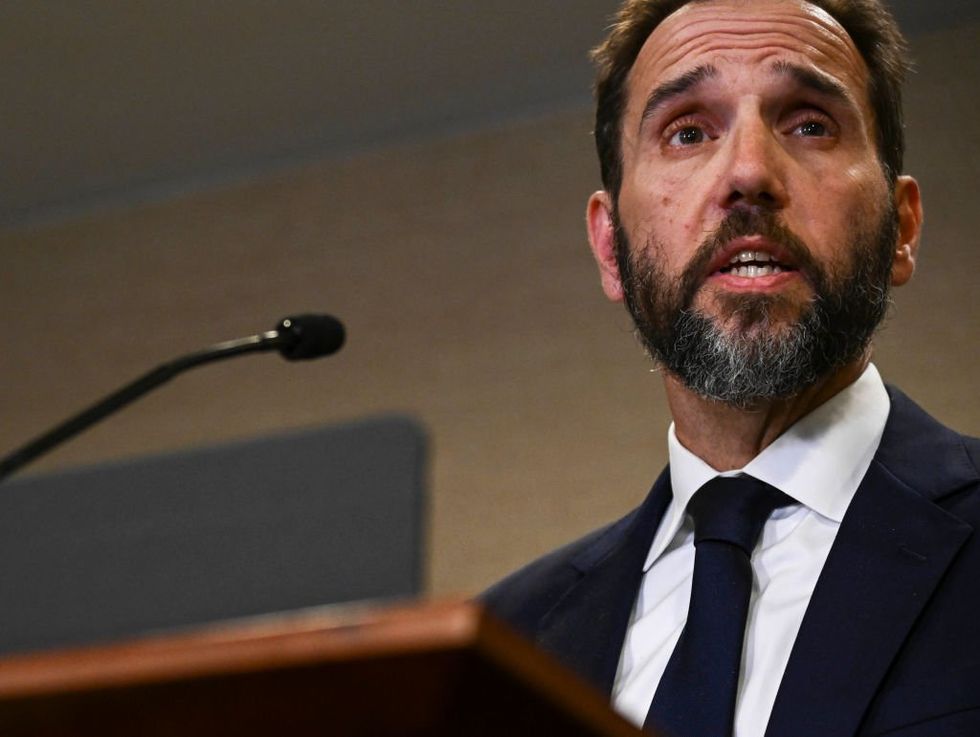Americans’ Incomes Are Lower Than Four Years Ago Thanks To Inflation, Census Says
Across the board, average household income was down by $1,221 compared to four years ago after taking into account inflation, while rents saw the largest annual increase since at least 2011.

Census data released Thursday showed Americans are less well off than they were four years ago.
Across the board, average household income was down by $1,221 after taking into account inflation, according to the Annual Community Survey, whose 2023 numbers were released by the Census Bureau on Thursday. The portion of households with income of less than $10,000 in 2023 grew by a full percentage point compared to 2019, from 4.3% to 5.3%.
Fewer American households are making $75,000 or more per year, once past earnings are put into 2023 dollars that factor in inflation spurred by massive government spending. Compared to 2019, the percentage of households making $150,000 to $200,000 has dropped 0.2%, while the share making more than that remained the same.
The Census figures deal a blow to Vice President Kamala Harris, whose presidential campaign is built on a pledge that Harris will fight inflation. Former President Donald Trump and his allies have repeatedly criticized Harris for making this pledge, noting that inflation has skyrocketed during the Biden-Harris administration, which has done little to correct the problem.
Inflation has hit those on fixed incomes particularly hard. Social Security checks don’t go as far, and retirement income averaged $31,482 —which, after adjusting for inflation, is $2,450 less than the average retirement income in 2019.
Meanwhile, significantly more Americans are reliant on government handouts, with the share of households on food stamps rising from 10.7% to 12.2% — something that didn’t improve the poverty figures, since it was counted as income.
Another Census metric that measures poverty after taking into account government assistance received, called the “supplementary poverty measure,” found that the percentage of people in poverty has increased in each year of the Biden administration, rising in 2022 and 2023. In 2019–during the Trump administration and before the coronavirus pandemic–38.3 million people were in poverty.
In 2023, it was 42.8 million. The poverty rate went down in 2020 and 2021 because of a wave of massive government handouts resulting from the government shutting down the economy because of the virus, but the long-term result suggests that they didn’t help; instead, they created inflation that ultimately made more people poor. They also suggest that government giveaways that continued under the Biden-Harris administration, such as student loan forgiveness, did not contribute to a reduction in poverty.
The Census Bureau said 2023 also saw “the largest annual real increase in rental costs since at least 2011,” referring to the amount that renters paid to live in their home plus utilities. Rents went up by 3.8% last year, double the increase in 2019 and nearly four times the increase in 2017.
The figures directly contradict the Harris campaign’s claim that “Vice President Harris has always stood up for renters” and that rents would drop if she were elected president, while “Trump would raise rents.”
Meanwhile, families have been saddled with hefty costs, increasingly finding it necessary to pay for private school after public schools gave into union pressure to shutter during COVID and lowered standards in the name of “equity.” The percentage of K-12 students in private schools rose from 10.3% in 2017 to 12.8% in 2023.
The data also undercut figures showing a slight improvement in the employment rate. Although employment rose by 0.1% since 2019, that rate only counts those who want to work; the same amount have given up looking for work entirely, and are therefore not counted in the unemployment rate.
Additionally, the Biden-Harris administration has boosted the employment rate by creating government jobs, even though the spending that entails contributes to inflation that harms the economy. The percentage of workers who were government workers rose from 14% to 14.4% since 2019.
Related: Blue Vs. Red: Income Inequality Far Worse In Dem-Run States, New Census Data Shows
Related: In These Places, Most Kids Don’t Live With Their Dad
Originally Published at Daily Wire, World Net Daily, or The Blaze
What's Your Reaction?
































































































